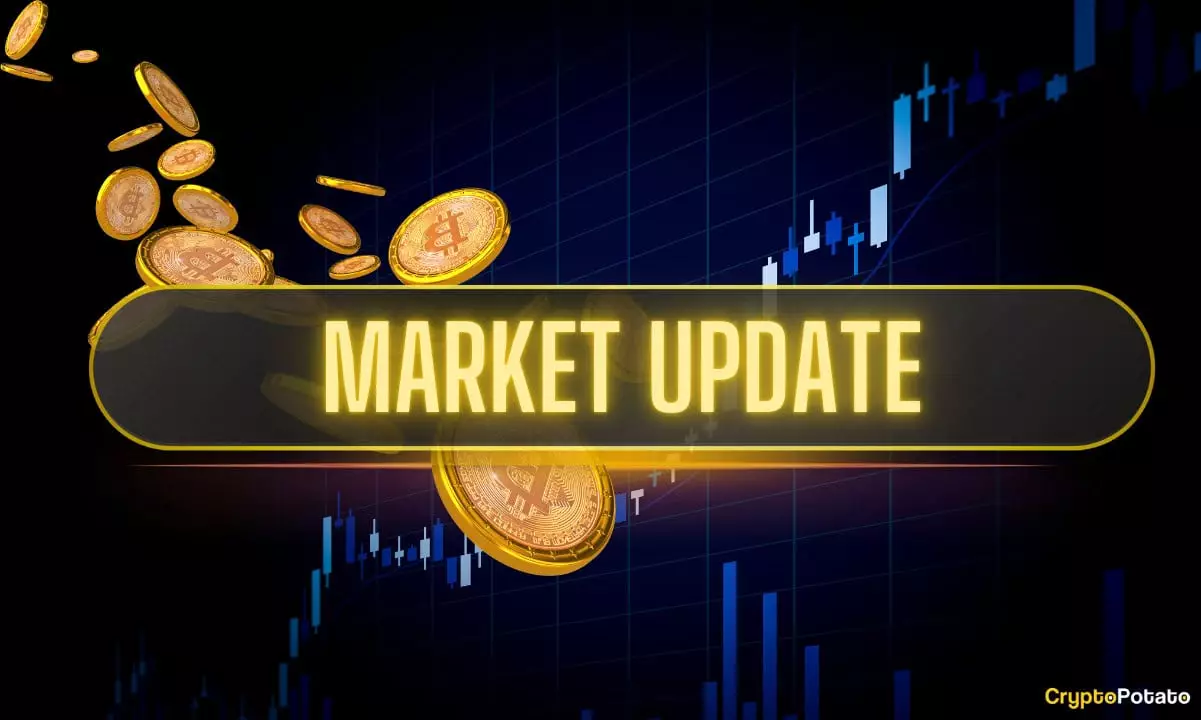Bitcoin’s recent rally has painted a picture of resilience and growth, soaring close to $110,000 and ending the second quarter with impressive gains nearing 30%. At first glance, this momentum appears to reinforce Bitcoin’s position as a beacon of financial innovation and a hedge against traditional market instability. Still, a closer examination reveals that this rally may be more a reflection of speculative exuberance and macroeconomic distortions rather than genuine economic strength.
The brief dip to $105,000 after the passage of a massive legislative package underscores the market’s fragility. Despite quick recoveries, such volatility highlights underlying uncertainties. Experts remain divided—some optimistic about charting a $200,000 mark by year’s end, while others warn of a potential dip to $90,000 before further gains. These contrasting views expose the speculative nature of current optimism, heavily driven by macroeconomic stimuli rather than sustained fundamentals.
Public Policy and Its Double-Edged Sword
The recent passage of expansive fiscal legislation—Trump’s $5 trillion “One Big Beautiful Bill”—served as a pivotal catalyst. On the surface, such stimulus efforts often ignite bullishness in alternative assets like Bitcoin, which are frequently portrayed as safe havens amid monetary expansion. Historically, similar fiscal measures in 2020 led to sharp crypto rallies, providing a tempting narrative that current stimulus might follow suit.
However, this narrative is simplistic and overlooks the potentially destructive long-term consequences of such policies. By making tax cuts permanent and lifting the debt ceiling, the bill deepens America’s fiscal deficits, inflating the dollar’s supply and sparking fears of inflation. Bitcoin enthusiasts see this as bullish, as inflationary pressures tend to push investors toward scarce assets. Yet, the danger is that continuous debt accumulation threatens macroeconomic stability, undermining the very foundations that make Bitcoin appealing in the first place.
Furthermore, the political climate surrounding the bill is fraught with tension. While some see it as an economic stimulus, others, including figures like Elon Musk, criticize its cuts to green energy and the potential to exacerbate national debt. The ensuing rhetoric, including threats of creating new political parties or deportations, fuels uncertainty—an enemy of rational investment and a challenge for policymakers striving to maintain a stable economic environment.
The Political Arena’s Shadow Over Cryptocurrency
Political disputes, such as Musk’s open criticism of the bill, reveal that the cryptocurrency market remains heavily intertwined with political turmoil. The spat between Musk and Trump, escalating to accusations of deportation, underscores the volatile relationship between tech entrepreneurs, political figures, and the broader fiscal landscape. Such tensions can distort market sentiment, heightening risks that extend beyond macroeconomic fundamentals.
Additionally, regulatory struggles persist—despite some legislative victories like the removal of a crypto tax relief amendment, which disappointed miners, the prospects of increased regulatory scrutiny loom large. The prospect of a U.S. strategic Bitcoin reserve continues to tantalize industry insiders, hinting at possible state-level adoption or intervention. Yet, the overall regulatory environment remains uncertain, potentially stifling innovation or leading to stricter controls that could dampen investor enthusiasm.
The Future Loosely Tied to Policy and Market Dynamics
While Bitcoin currently maintains its footing, its trajectory is far from assured. The prevailing bullishness is primarily driven by the expectation that inflationary policies, debt accumulation, and stimulus measures will drive more capital into cryptocurrencies, especially as institutional interest grows. Notably, several altcoins such as XRP, ADA, and Solana are on the cusp of accessing regulated ETFs, which could open new channels for institutional investment—yet this potential sparks more optimism than concrete market shifts.
Meanwhile, the debate over Ethereum versus Bitcoin as a corporate treasury asset gains traction. Ethereum’s compatibility with decentralized finance and ongoing upgrade pathways, combined with increasing institutional interest, suggest a shift in how corporations approach blockchain assets. This could threaten Bitcoin’s dominance if Ethereum becomes the preferred choice for major firms, further diversifying the crypto ecosystem but also complicating its narrative of a store of value.
Despite the bullish headlines and the hype surrounding Bitcoin’s lofty valuations, it’s crucial to recognize that much of this rally is a mirage—fueled by policies that, in the long term, may sow the seeds of macroeconomic chaos. The surge masks underlying vulnerabilities: ballooning debt, political upheaval, regulatory ambiguity, and the fragility of market sentiment clustered around speculative fervor.
In the center-right paradigm, one must question whether reliance on expansive fiscal measures and monetary stimulus is sustainable or merely delaying the inevitable reckoning. The rally, though impressive, should be approached with skepticism; it reflects not the strength of the underlying economy but the distortions of an over-leveraged monetary system. The real economy’s health—factories, workers, productivity—remains under stress, and this disconnect between market perception and economic reality is likely to lead to disappointment when the illusion finally shatters.

